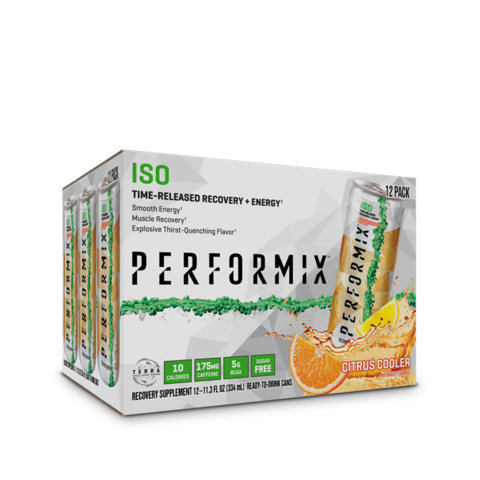

#Itrace iv label install
#Itrace iv label windows
If the commands for Linux / macOS and Windows differ, this is indicated with a comment at the end of the line. The steps below are the installation instructions for Linux / macOS and for Windows. This is the “batteries-included” solution probably suitable for most users. This package will automatically install (almost) all the requirements for a fully functional installation of Parcels.
#Itrace iv label code
The simplest way to install the Parcels code is to use Anaconda and the Parcels Conda-Forge package with the latest release of Parcels. Parcels v2.0 capabilities, including a suite of meta-field objects, are then illustrated in a brief study of the distribution of floating microplastic in the North West European continental shelf and its sensitivity to different physical processes. In particular, we develop a new interpolation scheme for a three-dimensional curvilinear C-grid and analyse its properties. In the new Parcels v2.0, we implement a set of interpolation schemes to read various types of discretised fields, from rectilinear to curvilinear grids in the horizontal direction, from z- to s- levels in the vertical and different variable distributions such as the Arakawa's A-, B- and C- grids. This is precisely the aim of Parcels, a Lagrangian ocean analysis framework designed to combine (1) a wide flexibility to model particles of different natures and (2) an efficient implementation in accordance with modern computing infrastructure. This popular methodology needs to adapt to the large variety of models producing these fields at different formats. One of these tools is Lagrangian ocean analysis, where a set of virtual particles are released and their dynamics is integrated in time based on fields defining the ocean state, including the hydrodynamics and biogeochemistry if available. With the increasing amount of data produced by numerical ocean models, so increases the need for efficient tools to analyse these data. The manuscript detailing version 2.0 of Parcels is available at Geoscientific Model Development and can be cited as: This version 0.9 of Parcels is focused on laying out the API, with future work concentrating on support for curvilinear grids, optimization, efficiency and at-runtime coupling with OGCMs. We show a worked-out example of its API, and validate the accuracy of the code against seven idealized test cases.

Parcels is primarily written in Python, utilizing the wide range of tools available in the scientific Python ecosystem, while generating low-level C code and using just-in-time compilation for performance-critical computation. We highlight its API design that combines flexibility and customization with the ability to optimize for HPC workflows, following the paradigm of domain-specific languages. Here, we introduce the new Parcels code, which was designed from the ground up to be sufficiently scalable to cope with petascale computing. Furthermore, most community codes are developed for stand-alone use, making it a nontrivial task to integrate virtual particles at runtime of the OGCM.

#Itrace iv label software
However, the current software stack of Lagrangian ocean analysis codes is not dynamic enough to cope with the increasing complexity, scale and need for customization of use-cases. Lagrangian ocean analysis, where virtual particles are tracked through hydrodynamic fields, is an increasingly popular way to analyse OGCM output, by mapping pathways and connectivity of biotic and abiotic particulates.

As ocean general circulation models (OGCMs) move into the petascale age, where the output of single simulations exceeds petabytes of storage space, tools to analyse the output of these models will need to scale up too.


 0 kommentar(er)
0 kommentar(er)
